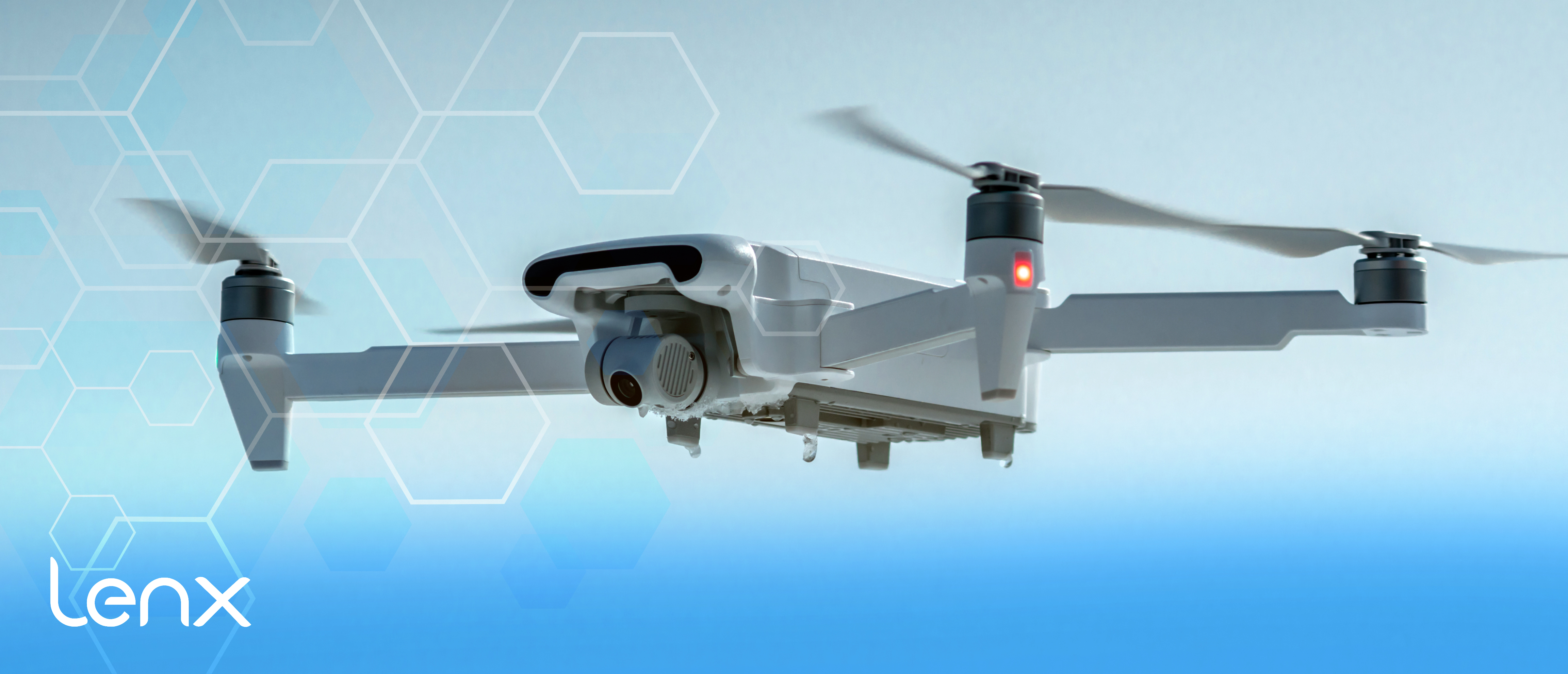
How Law Enforcement Can Combine Drones With AI Security, Active Shooter Detection Technology
In the face of rising security threats, law enforcement agencies are seeking advanced solutions.
One promising avenue is the integration of drones with AI security technology. This combination can significantly enhance active shooter detection, especially in vulnerable environments like schools.
This article explores how these technologies can be combined for improved public safety.
The Rising Need for Advanced Security in Public Spaces
Public spaces, particularly schools, are increasingly targeted in violent incidents. This has led to a pressing need for advanced security measures.
Drones and AI security technology can provide a proactive approach to threat detection. They offer a way to quickly identify and respond to potential dangers.
The integration of these technologies can significantly enhance public safety, making them a valuable tool for law enforcement.
Drones in Law Enforcement: Eyes in the Sky
Drones are increasingly used in law enforcement. They provide a bird's eye view of situations, aiding in surveillance and rapid response.
In active shooter scenarios, drones can be deployed swiftly. They can provide real-time visuals, helping officers make informed decisions.
Drones also minimize risk to law enforcement personnel. They can enter dangerous situations, keeping officers at a safe distance.
However, drones alone have limitations. This is where AI comes into play.
AI-Enhanced Drone Capabilities
AI significantly enhances drone capabilities. It enables drones to analyze situations and identify threats.
With AI, drones can recognize specific objects or individuals. This is crucial in active shooter situations where rapid identification is key.
AI also allows drones to navigate complex environments autonomously. This frees up officers to focus on strategic response rather than drone operation.
Active Shooter Detection: AI's Crucial Role
AI plays a crucial role in active shooter detection. It can analyze data from various sources to identify potential threats.
In schools, AI can monitor security feeds for unusual activity. It can alert authorities before a situation escalates.
AI can also analyze social media for potential threats. It can identify concerning posts and alert law enforcement.
AI Security Apps and Gun Detection
AI security apps enhance law enforcement capabilities. They provide real-time analysis and decision-making support.
One key feature is AI gun detection. The app can identify firearms in video feeds, alerting officers immediately.
This technology can be integrated with drones. The drone's camera feeds into the app, providing aerial surveillance and gun detection.
Integrating AI with Drone Technology
The integration of AI with drone technology is a game-changer. It enhances the capabilities of drones, making them more effective.
AI can analyze drone footage in real-time. It can identify potential threats and alert law enforcement.
This integration also allows for faster response times. Law enforcement can react to threats as they are detected.
Real-Time Analysis and Decision-Making
Real-time analysis is a key benefit of AI integration. It allows for immediate threat detection and response.
This capability is crucial in active shooter situations. Every second counts, and AI can help law enforcement respond more quickly.
Challenges and Considerations
While promising, the use of AI and drones in law enforcement is not without challenges. Technical limitations and cost implications are among the key concerns.
Moreover, the potential for false positives in AI gun detection can lead to unnecessary panic and confusion.
Legal and Ethical Implications
The use of drones for surveillance raises legal and privacy issues. Law enforcement agencies must navigate these complexities to ensure lawful use.
Ethical considerations also come into play. The use of autonomous systems for public safety must be balanced with respect for individual rights.
Lastly, community engagement and transparency are crucial. Public acceptance is key to the successful implementation of these technologies.
Conclusion: The Future of Drone and AI Security in Law Enforcement
The integration of drones and AI in law enforcement holds great promise. It can revolutionize how we respond to active shooter scenarios.
However, it's a journey filled with challenges. Success will depend on careful planning, ongoing research, and a commitment to ethical considerations.

